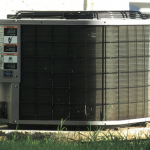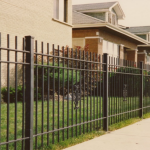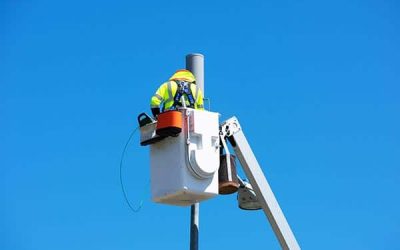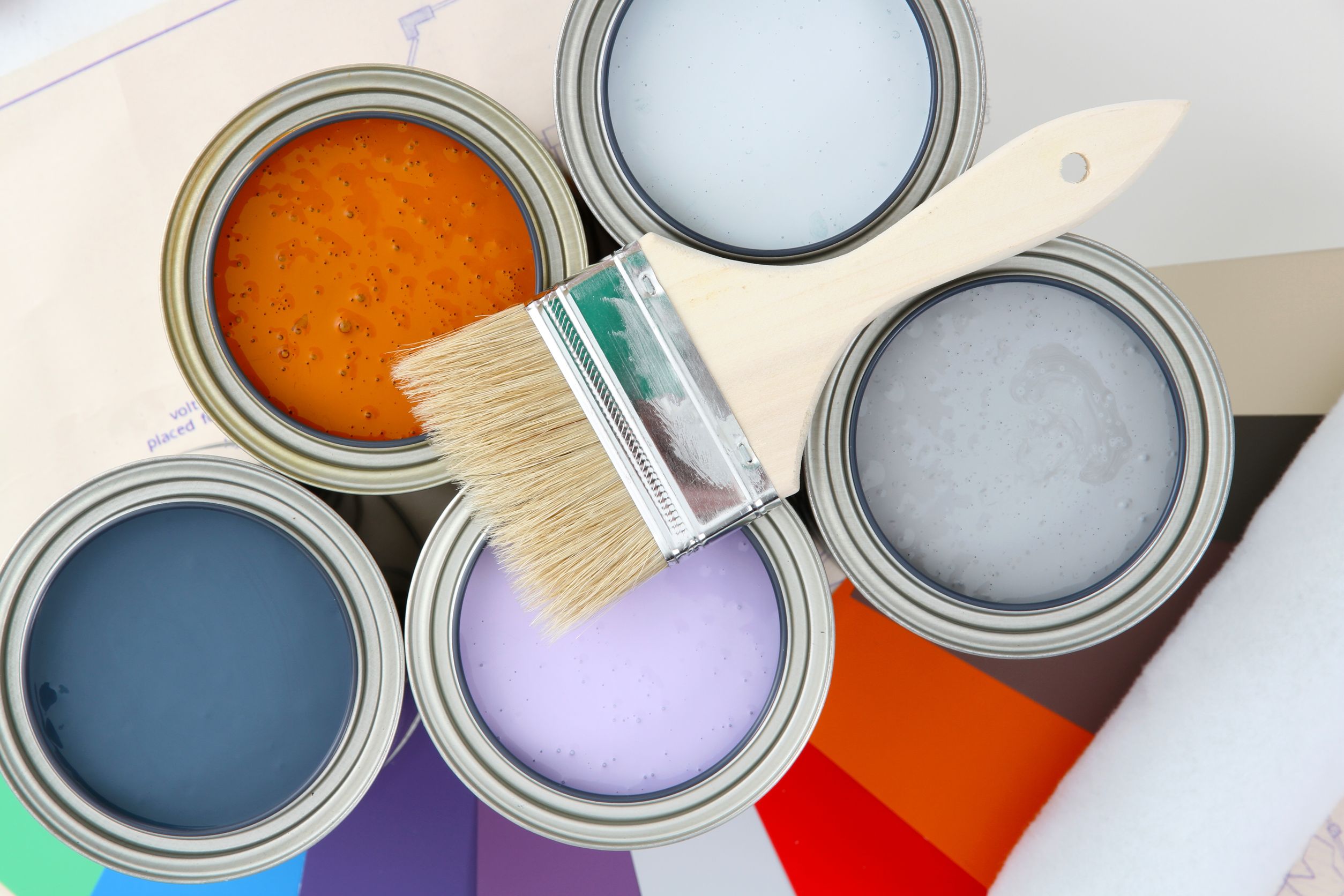Coaxial cable, or coax, is a critical component in the transmission of video, telephone, and internet signals. As technology evolves and demands increase, the need for effective coax splicing becomes more prevalent. Proper cable splicing ensures minimal signal loss and preserves the integrity of communication networks, making it crucial for maintaining high-quality service delivery.
Benefits of Effective Coax Splicing
Cable splicing is not just about connecting wires; it is about ensuring seamless data transmission with minimal loss. Here are some benefits:
- Improved Signal Integrity: Proper splicing techniques help maintain the signal strength, which is crucial for high-quality video and audio transmission.
- Cost Efficiency: Splicing can be more cost-effective than replacing an entire coaxial cable, especially for large installations.
- Flexibility in Installation: Splicing allows for the extension of existing cables, making it easier to maneuver around obstacles without sacrificing performance.
Considerations Before Splicing
Before you begin splicing, there are several factors to consider to ensure the process goes smoothly and effectively:
- Cable Type: Know the type of coaxial cable you are working with (e.g., RG6, RG59), as different types have different specifications and uses.
- Tools Required: Ensure you have the right tools. Commonly needed tools include a coax stripper, a coaxial cable cutter, and a crimping tool.
- Environment: Consider the environment where the cable is installed. Outdoor cables require waterproofing measures to protect the splice from moisture and weather.
Techniques for Successful Coax Splicing
Implementing the right splicing technique is crucial for the integrity of the connection. Here are the steps and tips to achieve the best results:
- Prepare the Coaxial Cable:
- Cut the ends of the cables cleanly using a coaxial cable cutter.
- Be careful not to nick the inner conductor, as this can cause signal loss.
- Align and Connect:
- Ensure that the cables are perfectly aligned for a clean connection.
- For outdoor applications, consider using a waterproof splice connector.
- Secure the Connection:
- Use a crimping tool to secure the splice connector. This ensures that the connection is tight and stable.
- Check the connection by gently tugging on the cables to ensure they are secure.
- Test the Connection:
- After splicing, it is crucial to test the connection with a cable tester. This will confirm that the splice is successful and the signal integrity is maintained.
Mastering Coax Splicing for Improved Signal Performance
Effective coax splicing is a skill that enhances the performance and reliability of your coaxial cable installations. By understanding the types of cables, preparing them properly, using the right tools, and following precise splicing techniques, you can ensure robust and efficient signal transmission. Remember, the success of cable splicing depends not only on following the proper steps but also on practicing to perfect your technique. Whether you are a professional technician or a DIY enthusiast, mastering this skill can significantly enhance your network’s overall performance and durability.








